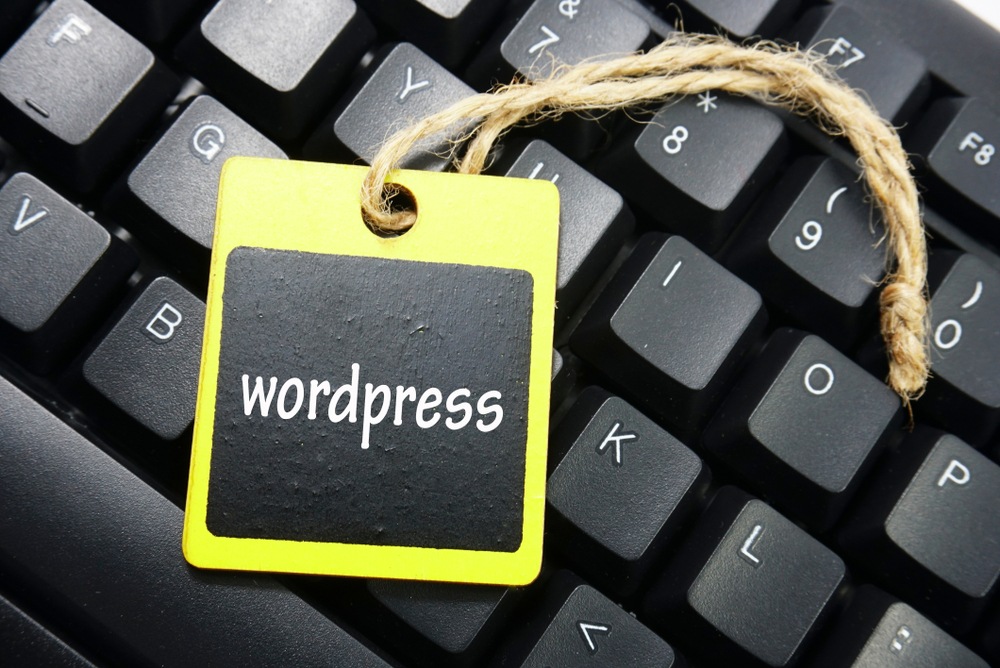
WordPress is undoubtedly one of the most popular content management systems (CMS) worldwide. With its user-friendly interface and extensive range of themes and plugins, WordPress has become the go-to platform for individuals and businesses alike to create and manage their websites. However, to truly harness the power of WordPress, it is essential to master website customization. In this article, we will explore some essential tips and tricks for efficient WordPress website maintenance.
1. Understanding the Basics
Before diving into the world of customization, it is crucial to have a solid understanding of the basics of WordPress (the blogging platform) . Familiarize yourself with the dashboard, various settings, and menu options. Get to know the difference between posts and pages, and learn how to navigate between them. This fundamental knowledge will lay a strong foundation for effective website customization.
2. Selecting the Right Theme
The theme you choose for your WordPress website plays a crucial role in its appearance and functionality. With numerous free and premium themes available, it can be overwhelming to make the right choice. Look for a theme that aligns with your website's purpose, aesthetics, and functionality requirements. Choose a responsive theme that adapts seamlessly for mobile and tablet devices. Ensure the theme has excellent customer support and is regularly updated to keep up with evolving WordPress (the platform for bloggers) versions.
3. Customizing with Plugins
Plugins are the backbone of WordPress customization. They allow you to extend the features and functionality of your website without complex coding. The WordPress (WP) Plugin Directory offers a vast array of free plugins that can address various needs, whether it's adding contact forms, enhancing security, optimizing SEO, or integrating social media. Be mindful of installing too many plugins, as this can impact website performance. Always choose reputable plugins with consistent positive reviews.
4. Utilizing Page Builders
Page builders have become a game-changer when it comes to WordPress (or WP) customization. These intuitive drag-and-drop tools empower users with no coding knowledge to create stunning website layouts effortlessly. Some popular page builders include Elementor, Divi Builder, and Beaver Builder. These tools often offer pre-designed templates and blocks that can be customized to suit your branding and content requirements. With page builders, you have full control over the visual appearance of your website.
5. Custom CSS and Child Themes
While themes and page builders can help achieve a significant level of customization, there might come a point where you require more fine-grained control. Custom CSS allows you to modify the appearance of your website using CSS code snippets without altering the underlying theme files. This ensures that your customizations are not lost during theme updates. Another recommended practice is to create a child theme. A child theme inherits the parent theme's functionality while allowing you to make changes safely. This way, you can update the parent theme without losing your customizations.
6. Optimize Website Performance
Website speed is a crucial factor for user experience and search engine optimization. Slow-loading websites can lead to higher bounce rates and lower conversion rates. To optimize your WordPress website's performance, consider implementing the following:
- Optimize image sizes: Use plugins or online tools to compress and optimize images without compromising quality. Caching: Install a caching plugin to store a static version of your website, reducing server load and speeding up page loading times. Minify CSS and JavaScript files: Remove unnecessary whitespace, comments, and other unnecessary characters from your code to reduce file sizes. Choose a reliable hosting provider: Opt for a hosting company with good infrastructure and server performance to ensure your website loads quickly.
7. Backup and Security
Regularly backing up your WordPress website is crucial in case of any unforeseen circumstances such as hacking or accidental data loss. Fortunately, there are several reliable backup plugins available that automate the process. Some popular backup plugins include UpdraftPlus, BackupBuddy, and VaultPress. In addition to backups, prioritize website security by installing security plugins, implementing secure login measures, and maintaining up-to-date versions of WordPress, themes, and plugins.
Frequently Asked Questions
1. How can I customize the appearance of my WordPress website?
You can customize your WordPress website's appearance by selecting the right theme, using page builders, and utilizing custom CSS or child themes.
2. Are there any free plugins available for WordPress customization?
Yes, the WordPress Plugin Directory offers a vast number of free plugins that can enhance your website's features and functionality.
3. How can I optimize my WordPress website's performance?
To optimize website performance, consider optimizing image sizes, implementing caching, minifying CSS and JavaScript files, and choosing a reliable hosting provider.
4. How often should I backup my WordPress website?
It is recommended to backup your WordPress website regularly, ideally on a daily or weekly basis, depending on the frequency of content updates and website activity.
5. How can I enhance the security of my WordPress website?
You can enhance the security of your WordPress website by using security plugins, implementing secure login measures, and keeping WordPress, themes, and plugins up-to-date with the latest versions.
Other useful resources
- https://www.wordpress24plus.com/services/wordpress-developer/
- https://en.wikipedia.org/wiki/WordPress
- https://www.wordpress24plus.com/services/
- https://en.wikipedia.org/wiki/Blog
- https://www.wordpress24plus.com/wordpress-tools-directory/